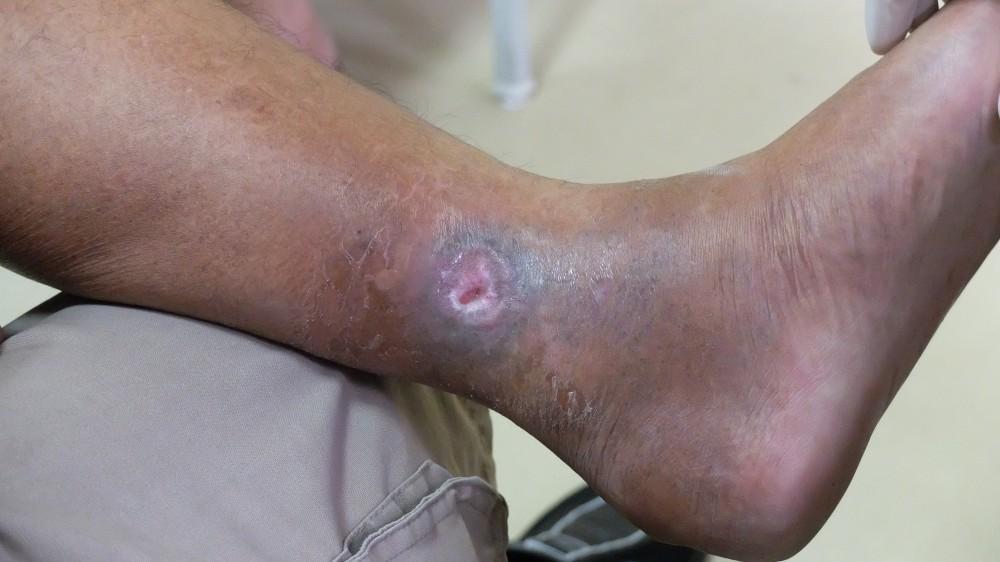
What to Expect When Returning to Sports After an ACL Injury

Jumping, twisting, and changing direction rapidly can put a lot of pressure on your knees, especially when you’re operating with the speed and intensity used by competitive athletes. The ACL (anterior cruciate ligament) in the front of your knee is particularly vulnerable to sports injuries. Sports like basketball and soccer are often hard on your ACL.
Your ACL can experience stress injuries, or even fully tear. You may feel a popping sensation if you injure your ACL. The right treatment response is essential to keep you in your sport after an ACL injury.
Podiatrist Dr. Steve Sharlin and the team of experts at The Foot Care Group specialize in lower extremity sports injuries. Dr. Sharlin treats patients with ACL injuries from locations in Hinsdale, Libertyville, and the Streeterville community of Chicago, Illinois.
With Dr. Sharlin’s support, you can return to your sport with confidence after an ACL injury. Here’s what you need to know.
Responding to your ACL injury
When your knee joint has to handle the forces of a twisting landing or a jump that shifts your direction, it can become too much for the ligaments that hold the joint together to take without injury.
Your ACL injury may vary in severity. If you stress your ACL during practice or a game, you may need a period of rest for full healing. On the other hand, a total ACL tear requires more intensive treatment and care if you want to return to your sport.
After an ACL injury, your knee joint is at higher risk. Your chances of reinjury go up with each ACL injury you sustain, and serious ACL injuries can effectively destabilize your knee joint and end your sports career.
That’s why it’s important to seek professional evaluation and treatment if you suspect a problem with your ACL. With Dr. Sharlin’s support, you can heal from an ACL injury and keep competing.
Treating an ACL injury
People who aren’t focused on getting back to a competitive sport can often address ACL injuries with simple extended rest. However, if you intend to return to sports, you need a higher standard of complete healing after an ACL injury for your knee to be able to withstand the pressure of competitive athletics again.
Athletes typically need surgery to reattach a torn ACL and prevent further injury or knee destabilization. Talk to Dr. Sharlin about your post-injury physical activity plans. He can work out a treatment schedule for you that will minimize your recovery time while maximizing the integrity of your post-injury knee joint.
You should plan on about six months of downtime after ACL surgery for full recovery. Physical therapy can help you stay in condition and strengthen your affected limb while you wait to return to competitive activity levels. Medication can help with pain and swelling during your recovery.
To learn more about how you can safely return to sports after an ACL injury, and to start putting together your custom treatment and recovery plan, get in touch with Dr. Sharlin at The Foot Care Group today. Call now or book an appointment online.
You Might Also Enjoy...


Can Hammertoes Be Corrected with Orthotics?

Can Cryotherapy Get Rid of My Plantar Warts?

I'm Embarrassed About My Toenail Fungus: What Can Help?

5 Bothersome Complications of Untreated Hammertoe

